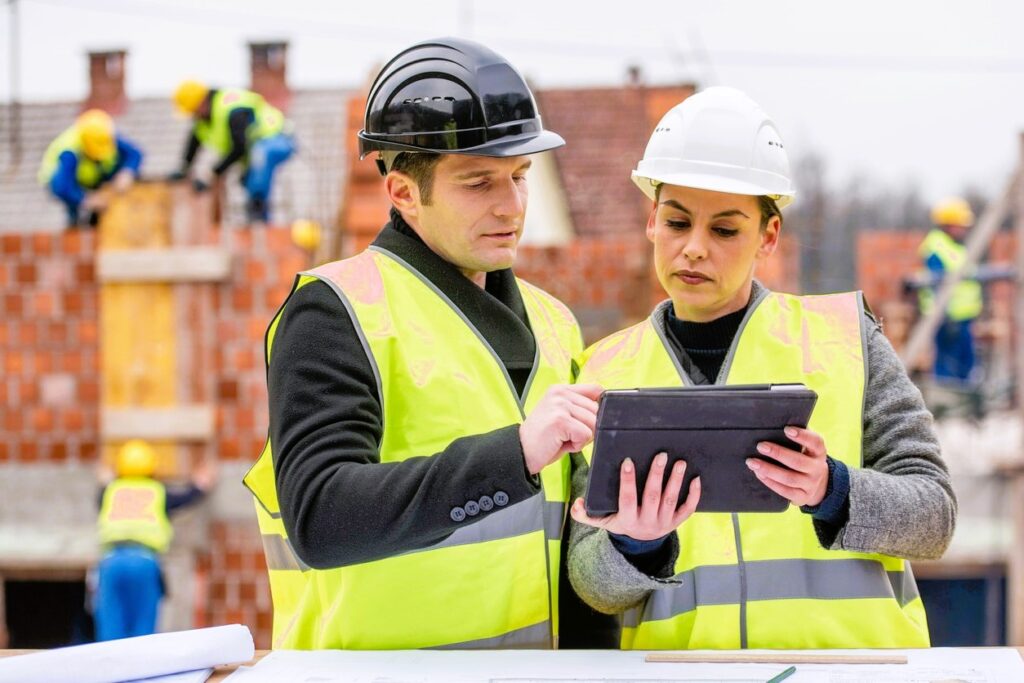Impact of Remote Work on Construction Data Collection
The global COVID-19 pandemic has accelerated the adoption of remote work across various industries, including construction. In this article, we will explore the impact of remote work on construction data collection, discussing the challenges, opportunities, and evolving trends in the construction sector.
The Evolution of Remote Work in Construction
Historically, the construction industry has been characterized by on-site work, with project managers, engineers, and inspectors regularly visiting construction sites to oversee progress, quality, and safety. However, the COVID-19 pandemic prompted a rapid shift toward remote work in construction, driven by the need to ensure worker safety and adhere to social distancing measures.
Key Aspects of Remote Work in Construction:
- Project Management: Many construction project managers began working remotely, relying on digital tools and communication platforms to coordinate and monitor projects.
- Inspections and Quality Control: Remote inspections and quality control processes were implemented, allowing inspectors to assess construction sites virtually.
- Data Collection: Data collection methods in construction underwent significant changes, with many tasks that were traditionally done on-site now being conducted remotely.
Impact on Construction Data Collection

The shift to remote work has had notable implications for construction data collection:
1. Digital Data Collection Tools
The adoption of digital tools and mobile apps for data collection has surged. Construction professionals now use smartphones and tablets to record and transmit data, such as site observations, progress updates, and safety checks, directly to centralized databases.
2. Remote Sensing Technologies
Remote sensing technologies, including drones and satellite imagery, have become integral for data collection in construction. Drones can capture high-resolution images and videos of construction sites, enabling remote monitoring and assessment. The future of sustainable architecture, read our data-driven predictions.
3. Building Information Modeling (BIM)
BIM technology has gained prominence, allowing construction data to be collected and managed digitally. BIM enables real-time collaboration among project stakeholders, including architects, engineers, and contractors, even when working remotely.
4. Augmented Reality (AR) and Virtual Reality (VR)
AR and VR technologies are being used for virtual site inspections and data collection. These technologies provide immersive experiences for remote workers to assess construction progress and quality.
5. Cloud-Based Data Storage
The transition to remote work has led to increased reliance on cloud-based data storage and collaboration platforms. Construction data is securely stored in the cloud, allowing remote access from anywhere with an internet connection.
Challenges and Opportunities
While remote work has brought significant benefits to construction data collection, it also presents challenges:
Challenges:
- Security Concerns: Ensuring the security of construction data, particularly when transmitted and stored remotely, is paramount to prevent data breaches and unauthorized access.
- Training and Adoption: Workers need training to effectively use new digital tools and technologies for data collection, and there can be resistance to change.
- Quality Control: Ensuring the accuracy and reliability of remotely collected data can be challenging, as it may not always align with on-site observations.
Opportunities:
- Efficiency and Cost Savings: Remote data collection can streamline processes, reduce the need for on-site visits, and lead to cost savings in travel and logistics.
- Real-Time Decision-Making: Digital data collection allows for real-time access to construction data, enabling faster decision-making and problem-solving.
- Remote Collaboration: Construction professionals from different locations can collaborate seamlessly, leading to improved project coordination and communication.
- Data Analytics: The availability of large datasets from remote data collection enables advanced data analytics, providing insights for process optimization and predictive maintenance.
Future Trends in Remote Construction Data Collection

The impact of remote work on construction data collection is likely to continue shaping the industry’s future:
- IoT Integration: The Internet of Things (IoT) will play a more significant role in collecting data from construction equipment and sensors, providing real-time insights into project progress and equipment performance.
- 5G Connectivity: The rollout of 5G networks will enhance remote data collection capabilities, enabling faster and more reliable data transmission from construction sites.
- Machine Learning and AI: Machine learning algorithms and artificial intelligence will be used to analyze remote data, identifying patterns, anomalies, and opportunities for optimization.
- Cybersecurity Measures: Construction companies will invest in robust cybersecurity measures to protect sensitive construction data from cyber threats.
Conclusion
The COVID-19 pandemic has accelerated the adoption of remote work in the construction industry, leading to a transformation in data collection methods. Digital tools, remote sensing technologies, and cloud-based solutions have become integral to collecting, managing, and analyzing construction data. While challenges exist, the opportunities for improved efficiency, cost savings, and data-driven decision-making make remote work a valuable addition to the construction sector.
For more information on construction standards and guidelines, visit Canada.ca – Construction Standards.
